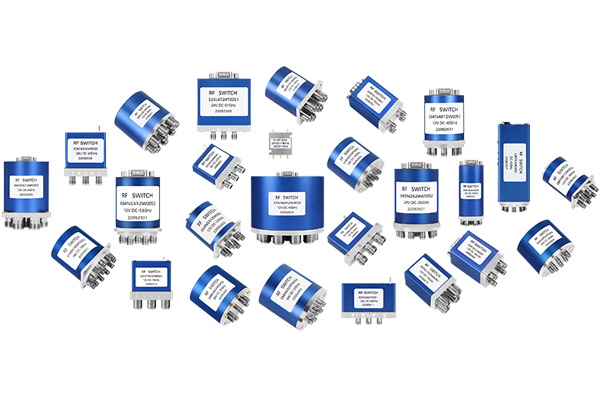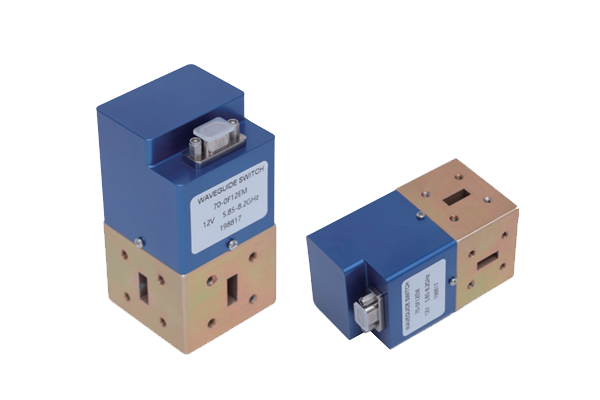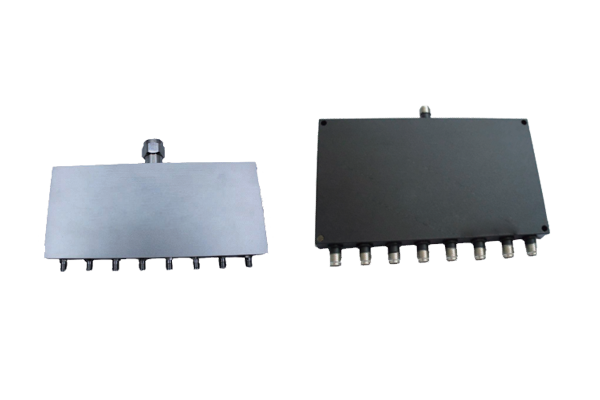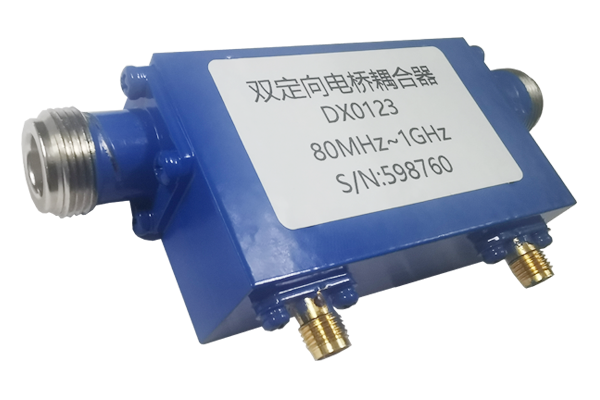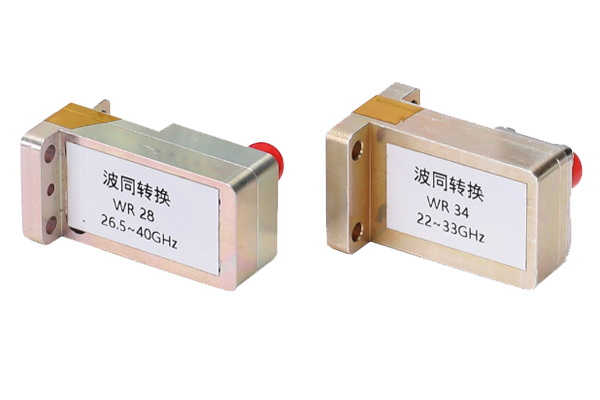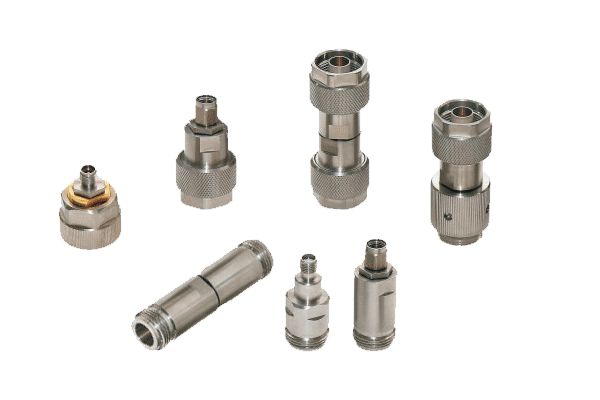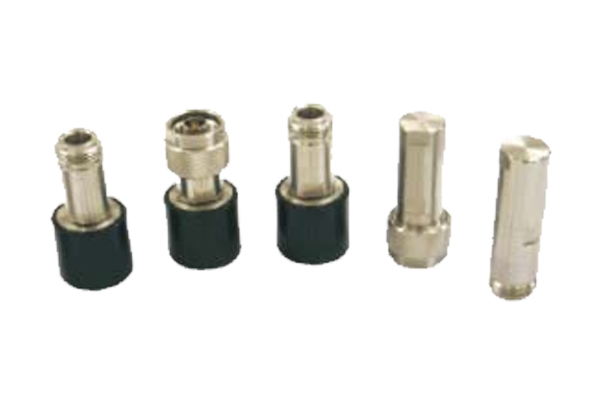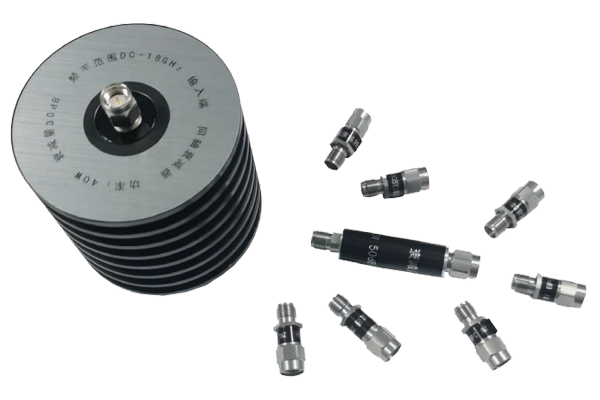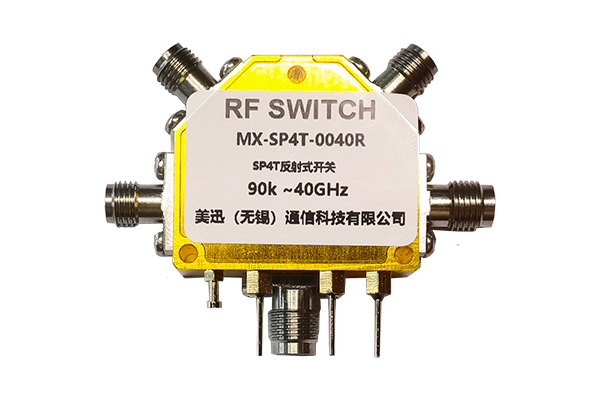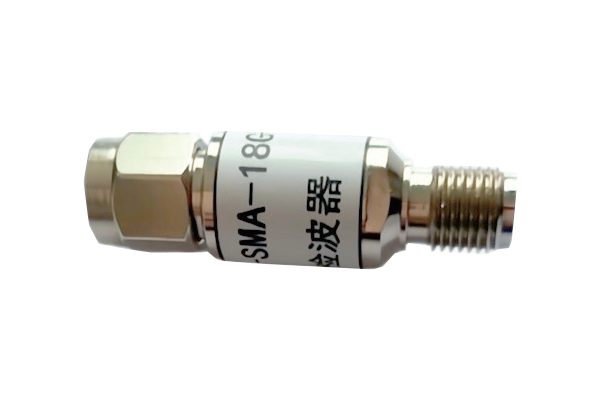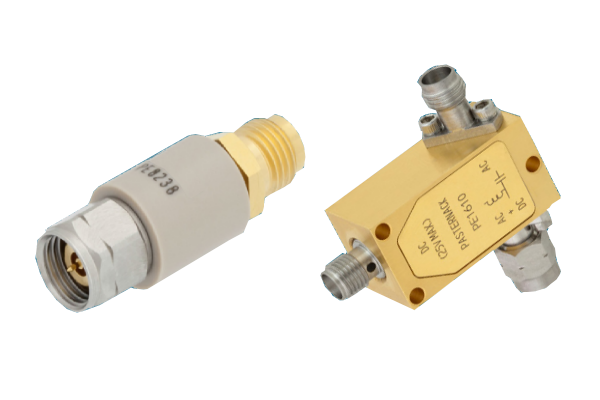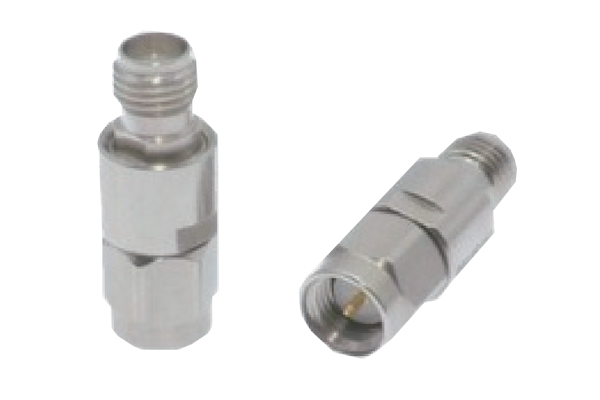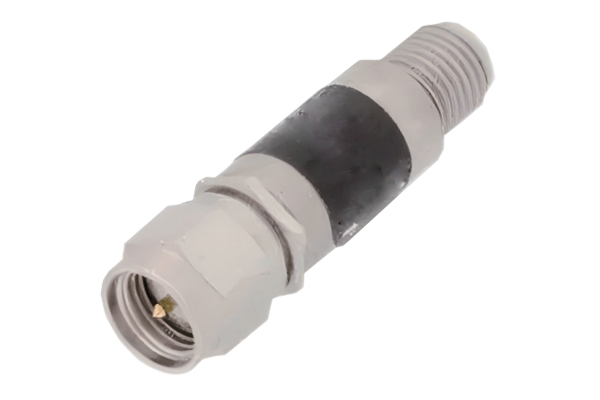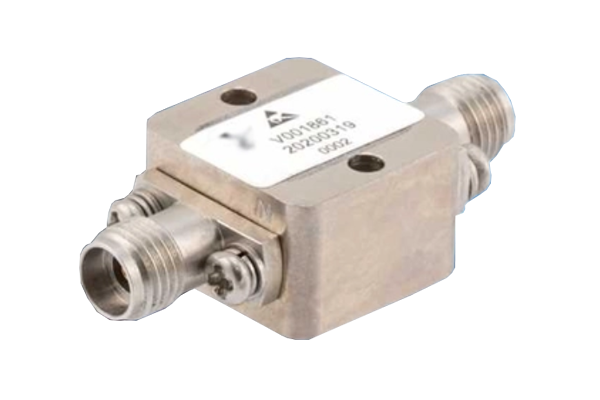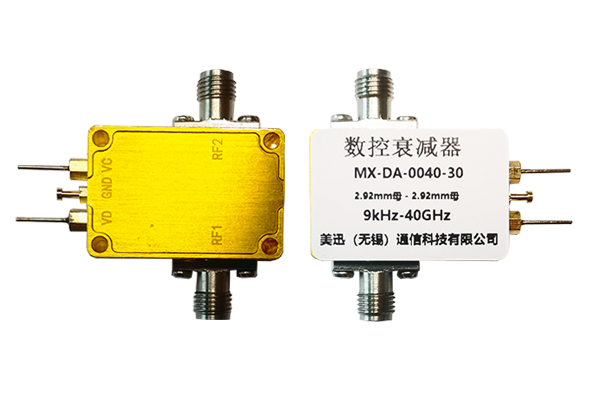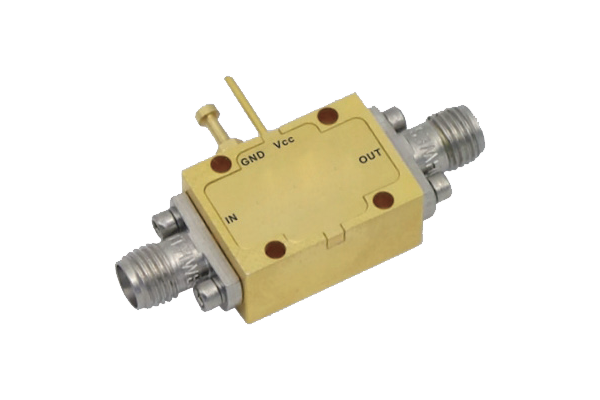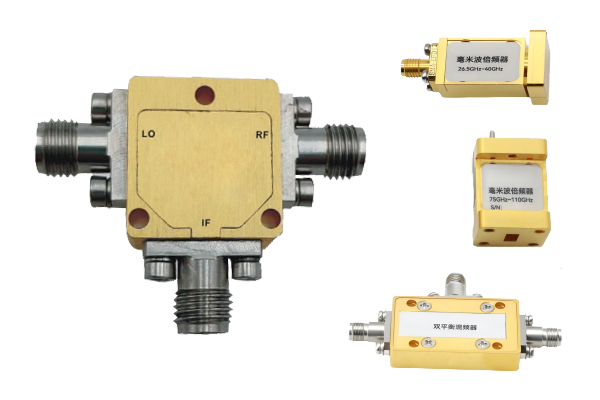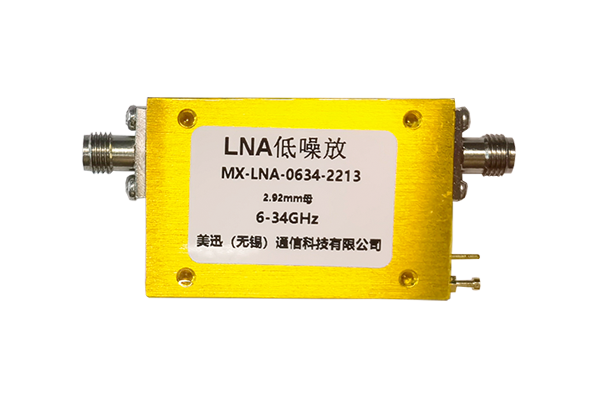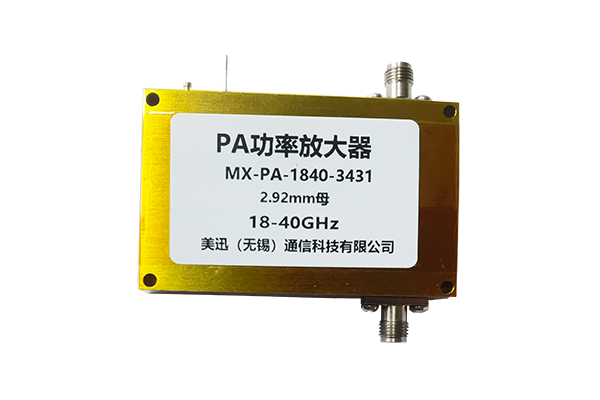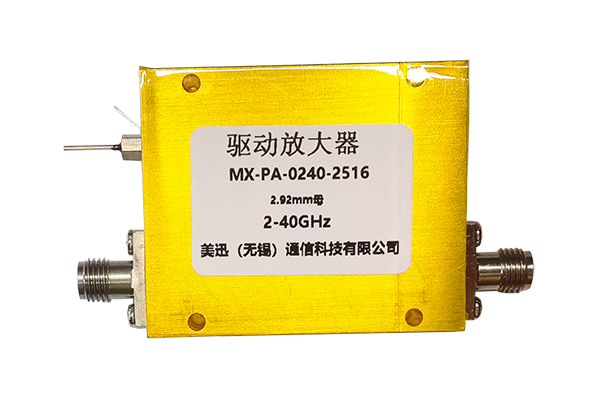How to Improve the RF Attenuator's Anti-Interference Capability
-
1 Circuit Design OptimizationUtilize appropriate wiring in the RF attenuator's circuit layout to avoid signal lines crossing or running parallel to interference source lines. By optimizing the placement of components, the high-frequency signal transmission path can be shortened, minimizing the chance of electromagnetic coupling. Furthermore, properly designing circuit impedance matching can reduce the interference caused by signal reflections.
-
2 Strengthening the Shielding StructureAdd an effective shielding enclosure to the RF attenuator, selecting materials with excellent conductivity and magnetic shielding properties, such as metal alloys. Ensure the integrity of the shielding enclosure, minimize gaps and openings, and implement electromagnetic sealing measures for necessary interfaces. The shielding structure isolates external electromagnetic interference from the internal circuitry and prevents interference generated by the internal circuitry from radiating outward.
-
3 Improving the Grounding SystemDesign a reliable grounding network to ensure good grounding throughout the RF attenuator. Use single-point or multi-point grounding to avoid ground loops, which can easily introduce interference signals. Ensure the ground line impedance is as low as possible to improve interference signal dissipation and enhance overall anti-interference performance.
-
4 Controlling Material SelectionSelect components and materials with excellent anti-interference properties during the RF attenuator manufacturing process. For example, choose insulating materials with high dielectric strength and low dielectric loss to reduce interference losses during signal transmission. For key components, prioritize products with strong electromagnetic interference resistance and high stability to enhance the device's interference resistance from the source.
-
5 Add Filtering MeasuresAppropriately configure filters on the RF attenuator's input and output ports and power lines. These filters suppress interference signals of specific frequencies, preventing them from entering the device or propagating outward. Based on the potential interference type and frequency range, select appropriate filter types, such as low-pass, high-pass, or band-pass filters, to improve targeted interference resistance.



